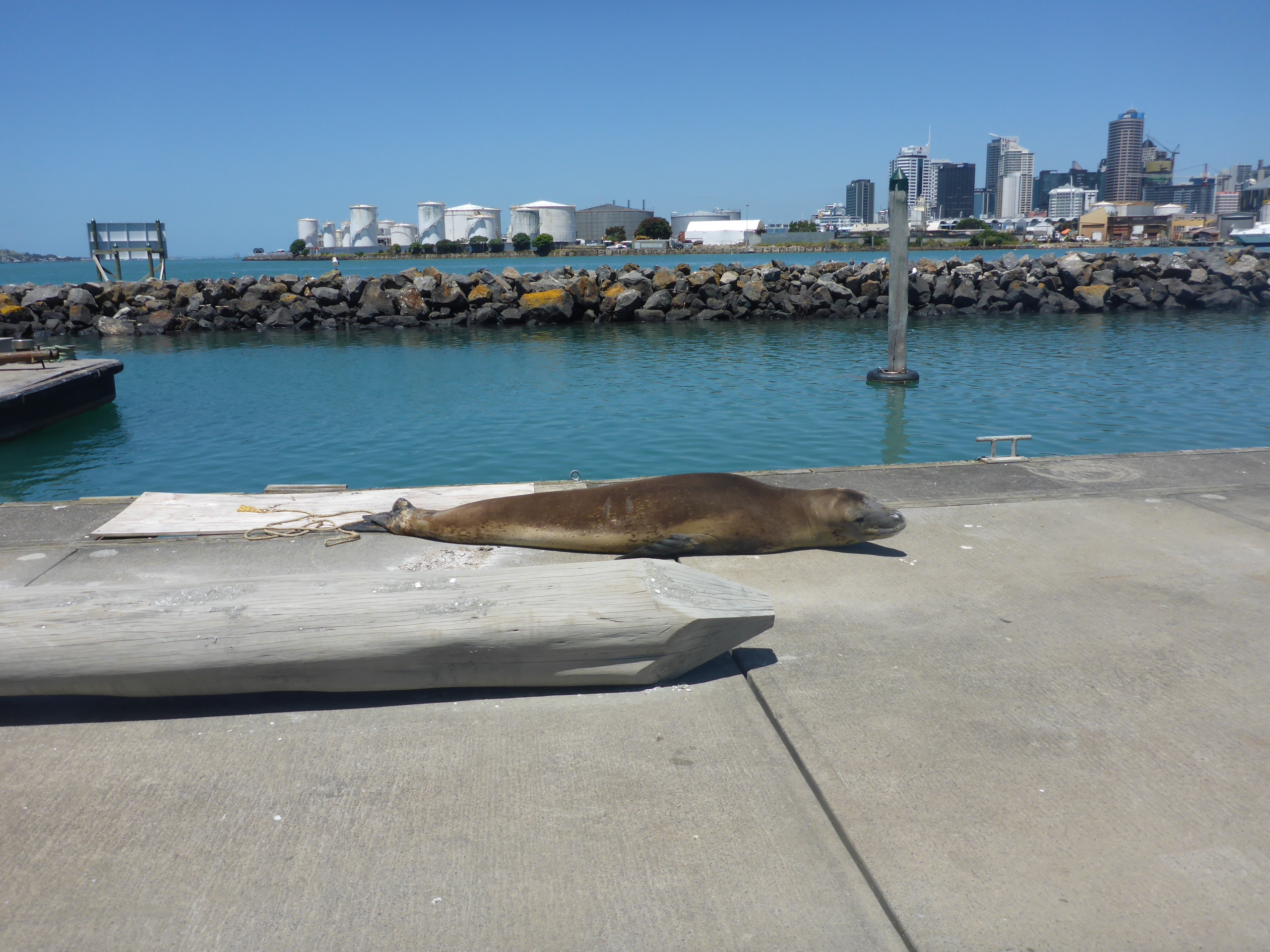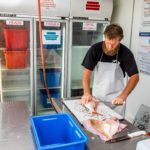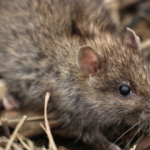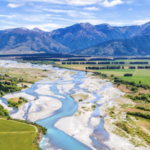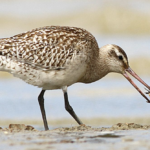A leopard seal has spent so much time in New Zealand waters she has prompted a NIWA scientist to challenge conventional thinking about the species.
Named because of their leopard-like markings, the seals have always been described as an Antarctic species – solitary animals distributed widely throughout the pack ice and second only to killer whales (orca) in the list of Antarctica’s top predators.
But NIWA marine mammal biologist Dr Krista Hupman is now questioning that understanding and believes it is possible leopard seals could be common in the waters around New Zealand.
“People call leopard seals a ‘vagrant species’ which means New Zealand is well outside of their normal range, but this research shows that this is not the case for all leopard seals, and that these animals may have been here a lot longer and are a lot more common than we know.”
Dr Hupman previously worked as a marine ranger for the Department of Conservation in Auckland until taking up a new position at NIWA in Wellington in 2017. While in Auckland she learned of a leopard seal that had been seen near Warkworth, and then arrived via the Waitemata Harbour and took up residence at Westhaven Marina.

Credit:Niwa

Credit:Niwa
Not just seen at Westhaven, she had also been spotted at Great Barrier, Waiheke and other Hauraki Gulf islands making herself at home on beaches and marina pontoons.
Auckland hapu Ngati Whatua ki Orakei named her Owha – short for He owha nā ōku tupuna and Dr Hupman began to collate sightings of her.
“We kept on monitoring her and monitoring her and she didn’t leave. We had very dedicated volunteers at the marina seven days a week, members of the public calling in and logging sightings on different apps as we tried to find out where she was, what she was doing and how long she stayed in one place”. “We ended up with a good network of information and the week I left Auckland she decided to move up to Tutukaka and then to Whangarei, and then she has been travelling back and forwards between these two regions ever since.”
When she started at NIWA, Dr Hupman together with Dr Visser began a larger project of collating every sighting of leopard seal back to the 1860s. She’s trawled museums, government archives, books, scientific journals, researchers’ records, newspapers and online databases and has ended up with about 500 sightings of the animals, which typically live for 12-15 years and can weigh up to 600kg.
“One of the issues that drove me to do this work is the management of these magnificent creatures which are protected under the Marine Mammals Protection Act. People say leopard seals don’t belong here and will go soon after arriving but I knew Owha had already been here two years and didn’t look like she was going anywhere soon.”
Many leopard seals found so far from Antarctica are emaciated and likely to be euthanasied. However, Dr Hupman says there are also adults coming here with good body weight and in good condition.
“So what are they doing here? There’s a theory they just get lost in the ice floes and end up going north instead of south. I don’t know if we can justify that any more with what we’re seeing now.”
During her research, Dr Hupman found a brief reference in a scientific paper to a leopard seal with two parallel lines on her back. Further investigation and photographic evidence proved it was Owha and that she had been in New Zealand for at least six years.
“That is a world first. That is the longest continuous record anyone has of a leopard seal, even from Antarctica.”
Dr Hupman has now set up a 0800 number for people to report sightings of leopard seals so she and the team at LeopardSeals.Org can collate further information on their presence within New Zealand waters. “I would encourage anyone with historical or current photos of leopard seals in New Zealand waters to call the hotline and become involved in this research.”
“My goal is to continue my work on this poorly known species. To do so, a photo ID catalogue of individuals found in New Zealand has been created, similar to the ones for whales and dolphins. That will better enable us to track more individuals over time.” Meanwhile, Owha is continuing to enjoy Auckland, eating fish, little blue penguins and shags. She likes to check out any noises under the water as well as visiting all the boats in the marina that have dogs aboard.
To report a leopard seal sighting:
Call 0800 LEOPARD (0800 5367273) – record the date, time and location and if possible, take a photograph. Leopard seals should not be approached, and DOC recommends staying 20 m away at all times.
For more information contact:
Dr Krista Hupman
NIWA marine mammal
Ph 04 386 0527


